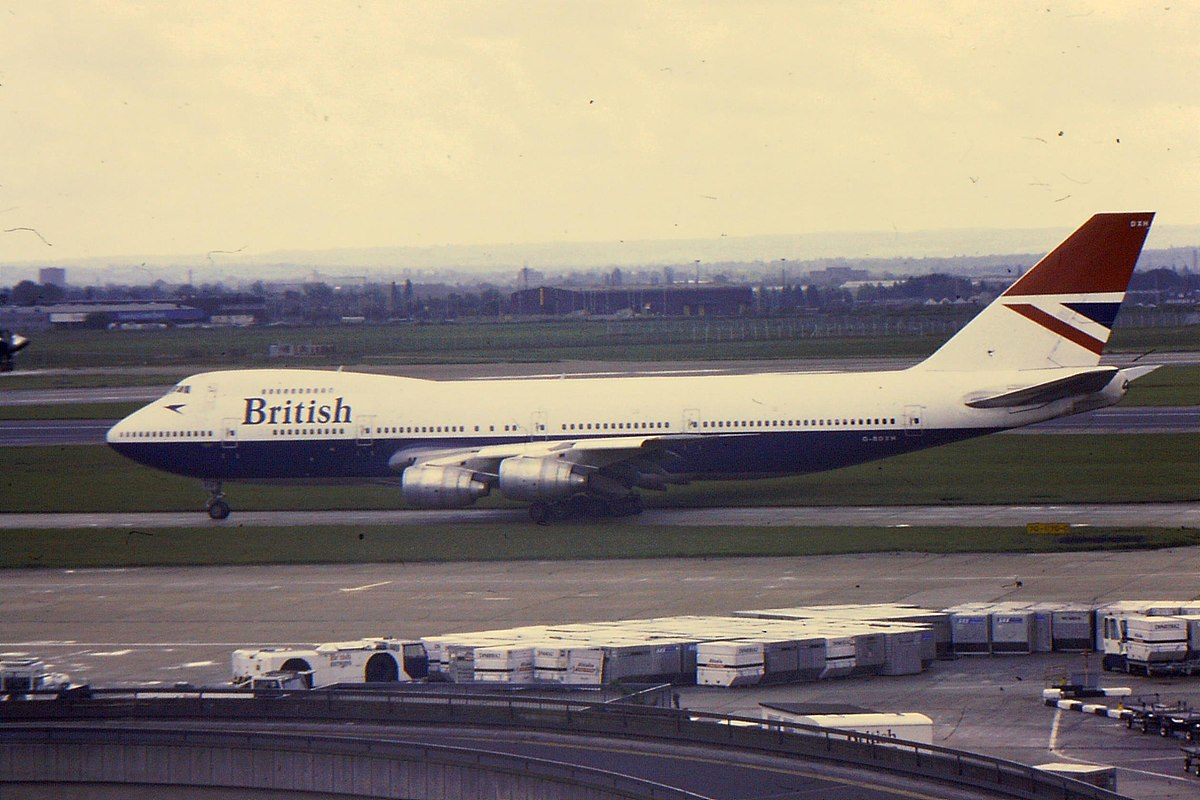Four decades ago, a British Airways 747 flight lost all four engines while flying from Kuala Lumpur to Perth. BA009 was forced to perform an emergency landing after flying through a volcanic cloud, resulting in the failure of all four engines.
Despite the failure of all the engines, the crew miraculously landed the aircraft in Jakarta.
Flight Details
On 24th June 1982, the British Airways Boeing 747-200 named City of Edinburgh, with registration G-BDXH was operating flight 009 from London Heathrow to Auckland, with stops in Bombay, Kuala Lumpur, Perth, and Melbourne. However, while heading towards Perth from Kuala Lumpur, the 747 suffered failure in all four engines.
The flight crew consisted of Captain Eric Henry Moody (41-year-old), First Officer Roger Greaves (32-year-old) and Flight Engineer Barry Townley-Freeman (40-year-old). All of the cockpit crew members had boarded the aircraft in Kuala Lumpur, while almost all passengers had been onboard since the flight began at Heathrow. There was 248 passengers and 15 crew members onboard the aircraft. On that evening, the weather was calm and all systems were in the green as they cruised at 37,000 feet.
However, while flight 009 was flying above the Indian Ocean, south of Java, the crew noticed an unusual effect on the windscreen similar to St. Elmo’s fire – a natural phenomenon where a little bit of luminous plasma is formed due to ionization of air molecules. This was accompanied by smoke coming in from the vents. At this moment, Captain Moody was heading to the lavatory and was brought back to the flight deck shortly after the aircraft encountered the issues.
Initially, the crew assumed the smoke to be cigarette smoke. However, it began to grow thicker and passengers noticed that the engines were unusually bright blue, with light shining forward through the fan blades. One of the passengers onboard stated, “While returning from a holiday trip to Britain the cabin of our Boeing 747 jumbo jet, City of Edinburgh, filled with smoke and the engines were engulfed in flames.”
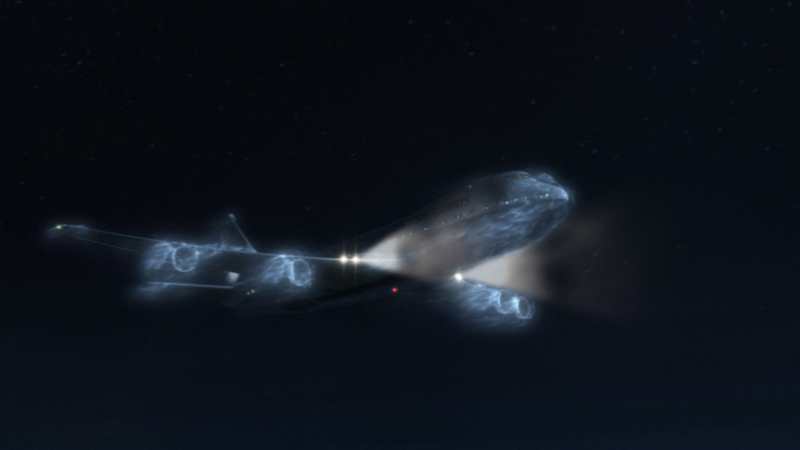
Source: Air Crash Investigation
As the flight progressed, the flight engineer called out the failure of the number-four engine. Captain Moody immediately called for the engine fire drill and the other two pilots carried it out. About a minute later, the number two engine also surged and flamed out, followed by the remaining Rolls-Royce RB211 engines one and three shortly. Volcanic dust from erupting Mount Gallanggung had been ingested by all the engines and the dust melted inside the combustion chambers, cutting off the airflow, and eventually shutting all of them down. As the event occurred at night, the reason for the engine failure was not immediately apparent to the crew or air traffic control. The flight engineer exclaimed that a quadruple engine failure was almost unheard saying,
“I don’t believe it – all four engines have failed!”
Diversion To Jakarta
Despite the failure of all four engines, most of the instruments were working even though some of the instruments were inoperative and some others were literally off the charts. The amber light notified the crew members that the engines had exceeded their maximum turbine gas temperatures. The crew had switched on engine anti-ice and the passenger seat belt signs as a precaution. Without engine thrust, the 747 had a glide ratio of 15:1, meaning it can glide forward 15 kilometres for every kilometre it drops. After calculating the glide ratio, the crew realized that they had less than 30 minutes to regain power before they smashed into the ground. As a result, the captain asked his F/O to declare an emergency to the local air traffic control authority. The crew diverted the aircraft to Jakarta in the hope that enough engines could be restarted to allow it to safely land there.
However, when the flight crew squawked 7700, the Jakarta Area Control could not locate the 747 on their radar screens and did not understand the Mayday call. Even though the first officer had declared an emergency stating that all four engines had failed, the air traffic control thought flight 009 had only lost one, the number four, engine. The air traffic control correctly understood the message only after a Garuda Indonesia flight nearby heard and communicated the message to them.
Owing to the situation in which flight 009 found itself, Captain Moody made an announcement to the passengers which has been described as “a masterpiece of understatement.”
“Ladies and gentlemen, this is your captain speaking. We have a small problem. All four engines have stopped. We are doing our damnedest to get them going again. I trust you are not in too much distress.”
Captain Moody
These words clearly illustrate the dangers posed to an airliner by volcanic ash. As the cabin pressure started to fall, oxygen masks automatically dropped from the ceiling throughout the cabin. At 26,000 feet, the cabin pressure warning horn sounded, and the crew donned their oxygen masks, but the first officer’s mask had fallen apart. This prompted captain Moody to descend the aircraft to a more breathable altitude but that would eat into the precious little altitude that they had. The crew had decided that if they were unable to maintain altitude by the time they reached 12,000 feet, they would turn back out to sea and attempt to ditch into the Indian Ocean.
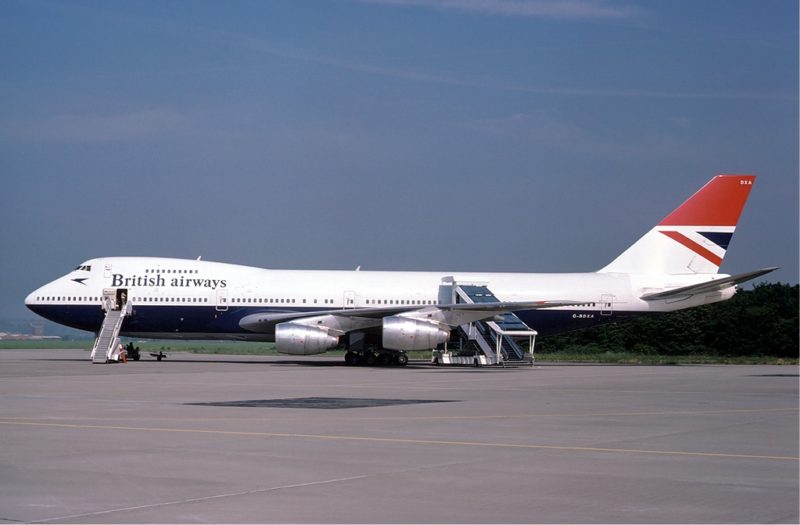
Luckily, the steep dive cleared the engines of the clogged ash and at 13,500 feet, engine number four finally started after which the captain used its power to reduce the rate of descent. Flight 009 glided with no engine thrust for approximately fifteen minutes. Soon after, engine number three restarted, followed by the remaining two engines one and two. Eventually, all four engines restarted and the 747 began to regain altitude. However, the number two engine again began to surge so the crew shut it down and the aircraft remained at 12,000 feet.
On approach to Jakarta’s Halim Perdanakusuma International Airport, Captain Moody and his crew realized that the windshield had been sandblasted so badly that they would not be able to see anything through the windshield, despite reports of good visibility. Despite all those issues and against all odds, Speedbird 9 eventually landed safely almost entirely relying on instruments with no injuries.
Captain Moody later said that “The aircraft seemed to kiss the earth and we were on the ground safely.” No one was injured in the event and the relieved passengers still have regular reunions at what they call the Galunggung Gliding Club.
Investigation And Findings
The postflight investigation confirmed that the incident was caused by an encounter with volcanic ash when the flight engineer found his hands and clothes covered in fine black dust. They found that all the leading edges, engine nacelles and nose cones were stripped of paint as if the aircraft had been sandblasted, as indeed in one sense it had. As the volcanic ash cloud was dry, it did not appear on the weather radar, as the radar was designed to detect the moisture in clouds. The plume of volcanic ash only started to become visible on satellite weather photographs, following the incident.
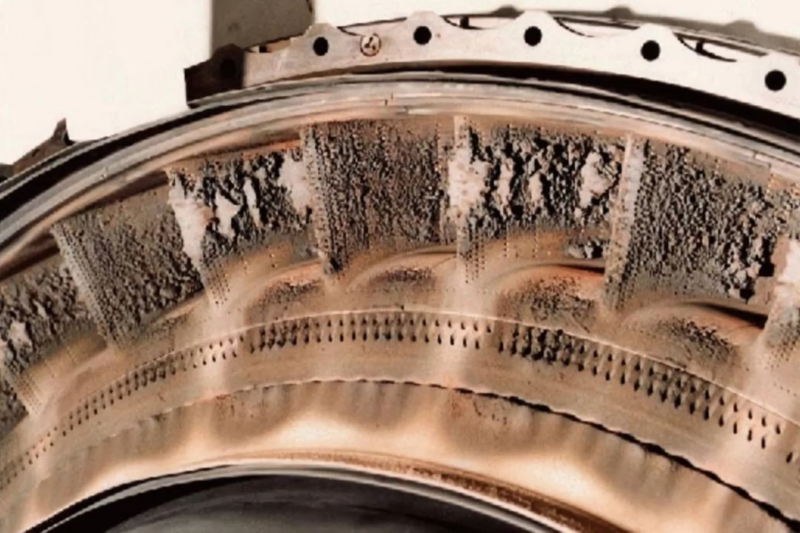
Furthermore, the dust particles in the cloud deprived the engines of sufficient oxygen from the atmosphere to maintain combustion, sandblasting the windscreen, while also clogging the engines. The crew members were successful to restart the engines because one generator and the onboard batteries were still operating, which provided the electrical power required for the cranking and ignition of the engines. The silicate particles and the ash melted and adhered to the blades themselves resulting in a change in the properties of the blades and disrupting the airflow in the engines. However, when the engine stopped working the engines cooled, and the molten ash solidified and broke off which allowed the engines to restart.
Unsurprisingly, the engines were the most affected parts of the aircraft with the turbine blades sustaining the most damage. The tips of the blades were ground away where they were blasted by the volcanic ash at high speed and the ash was also found in the pitot tubes. As the pitot tubes measure fluid flow velocity, the presence of ash differed in the airspeed readings. Moreover, the change in the blade’s shape and size had serious effects on the efficiency of the engines.
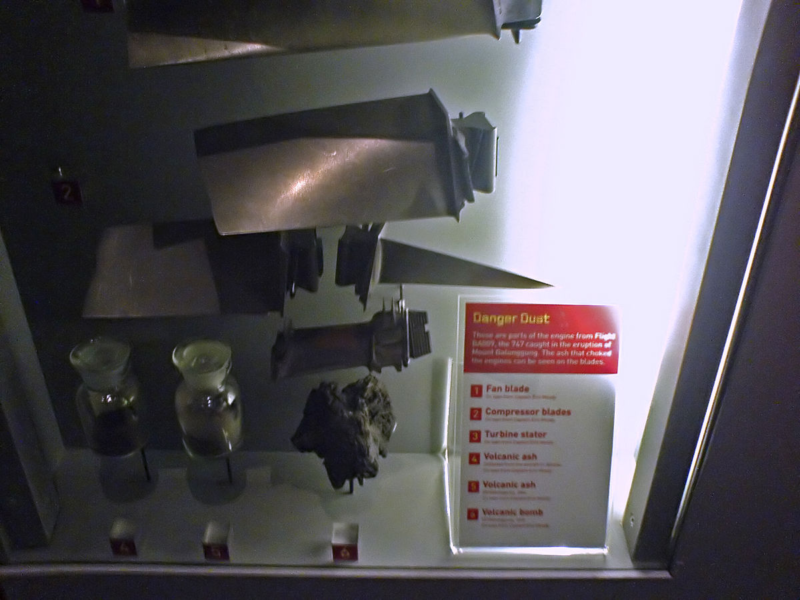
Aftermath
The crew members did a marvellous job by landing the aircraft safely in Jakarta. For their heroism, they received various awards, including the Queen’s Commendation for Valuable Service in the Air for Moody. Flight 009 entered the Guinness Book of Records as the longest glide in a non-purpose-built aircraft even though Air Transat’s Flight 236 currently holds this record.
Following the event, the aircraft was ferried to London and it returned to service following major repair work and engine replacement. Even though the airspace around Mount Galunggung was closed temporarily after the accident, it was reopened days later.
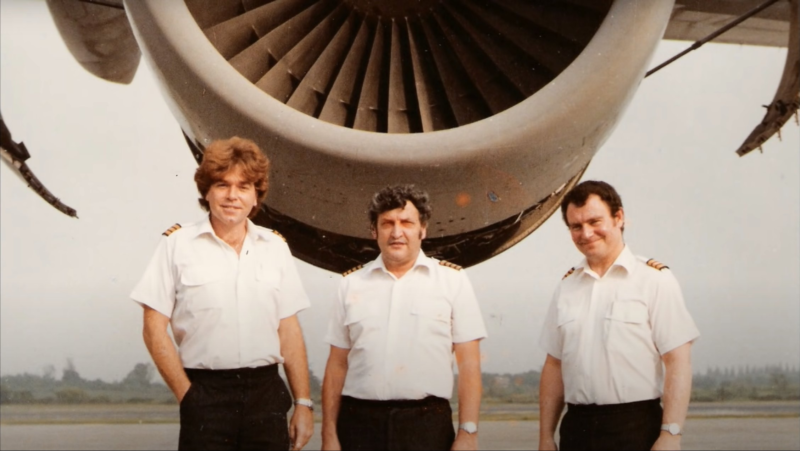
Flight 009 changed Captain Moody’s life and he’s still recognised as its captain. Speaking about his experience, Moody said, “My old granny used to say to me: ‘Don’t you ever use the word can’t. There’s no such word in the English language. You’re a can-do man.’
“We were bloody-minded, three bloody-minded pilots we had there … There’s nothing we can’t do, I’m told, so you’ve got to believe it.”
Feature Image via Wikipedia


